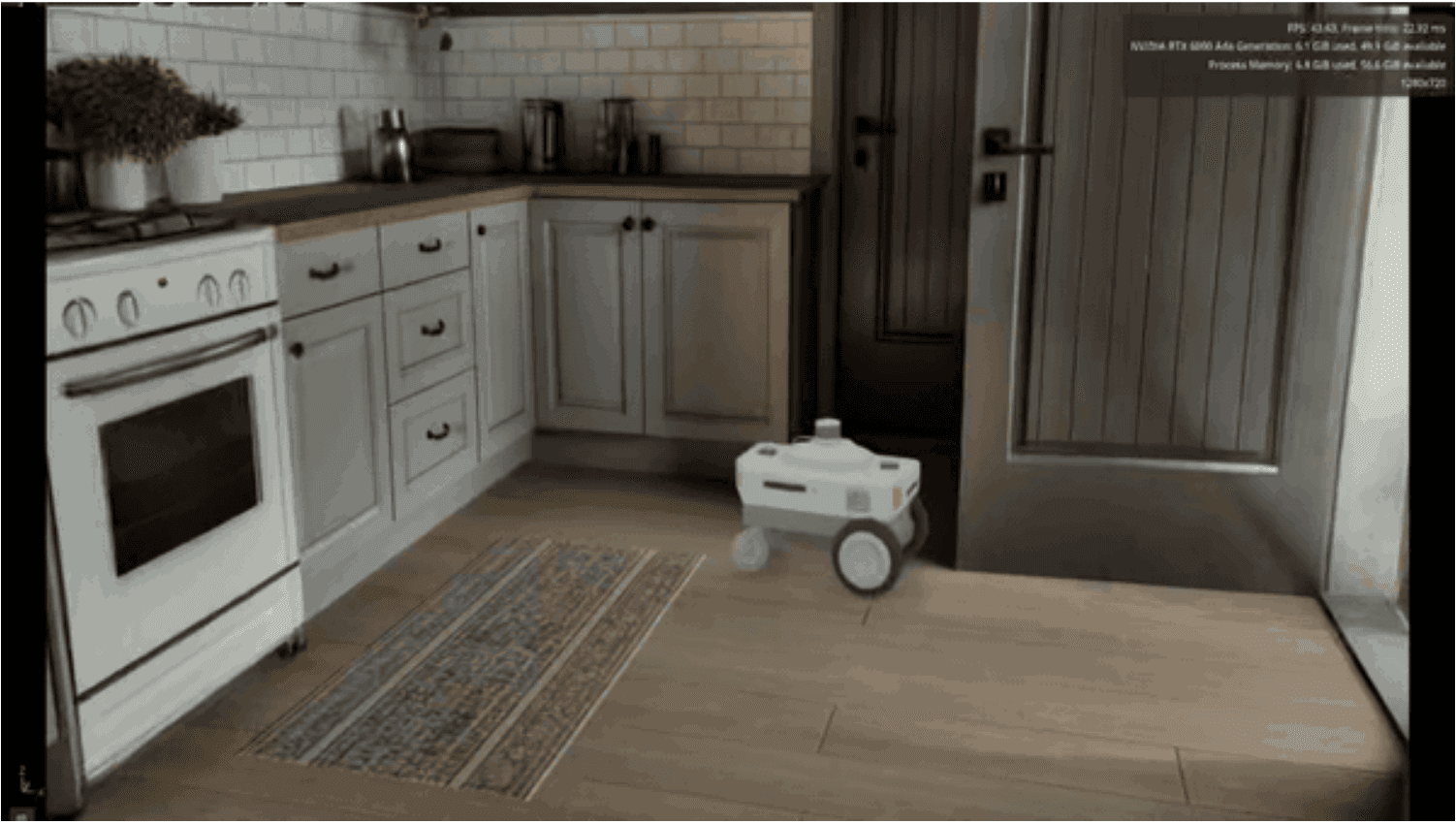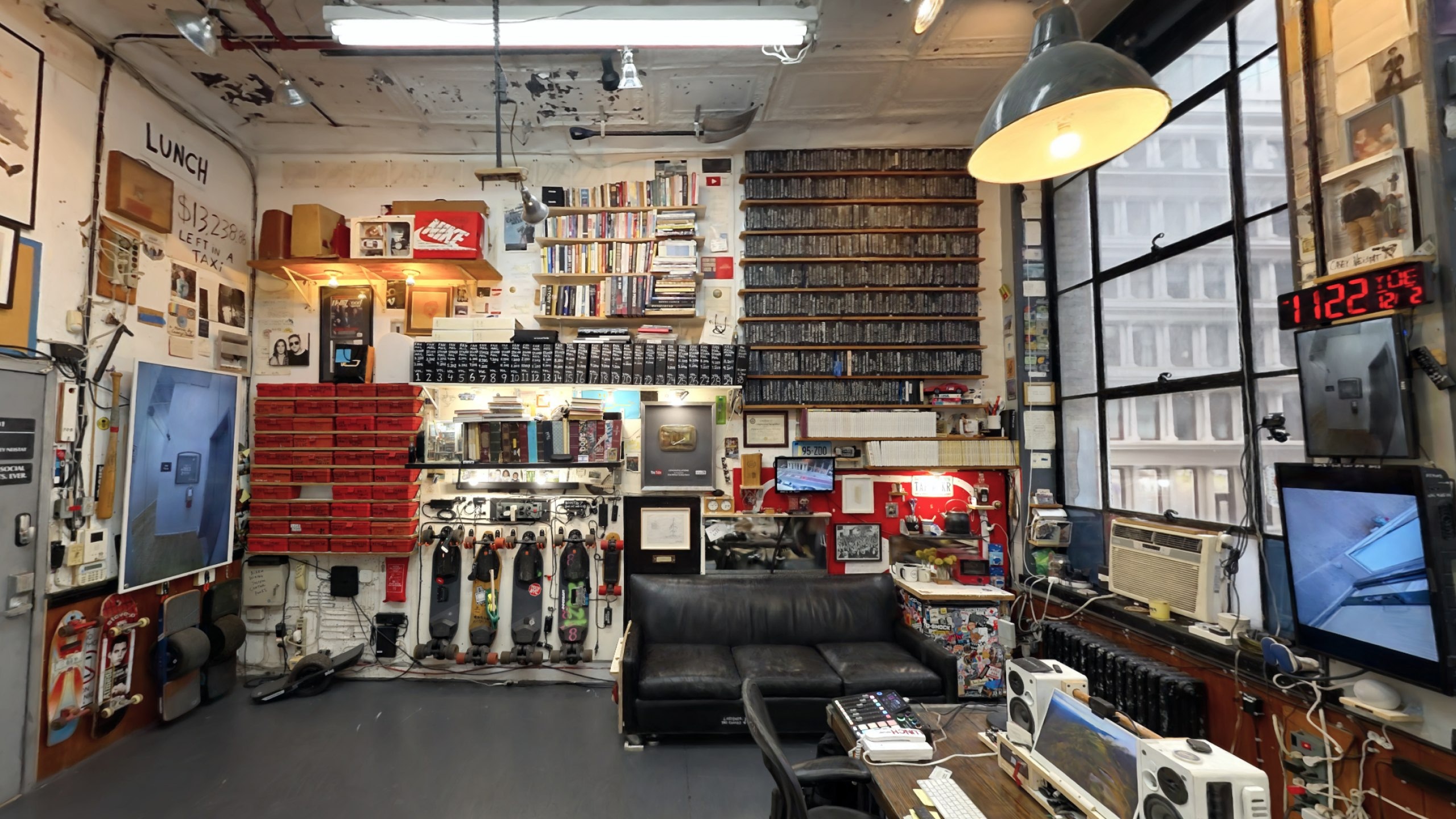
Michael Rubloff
Feb 3, 2025
The drawbacks of rasterization in radiance field methods, like 3D Gaussian Splatting have been well documented, from the annoying popping effects, to restrictions from fisheye lenses, and other ray-traced effects such as refraction. There have been a few methods that have been published, that resolve some of these issues, such as Hybrid Transparency, RaySplats, and 3D Gaussian Unscented Transform. The latter of which is supposed to be released by NVIDIA at some point in the future.
However, an exciting new Radiance Field representation has just arrived, known as Radiant Foam from Shrisudhan Govindarajan and three of the authors from MCMC. Radiant Foam blends classic ray tracing principles and differentiable rendering to deliver real-time, high-quality rendering without the dedicated ray tracing hardware dependencies or the OptiX library.
Similar to most other Radiance Field representations, a dataset begins with SfM and like Gaussian Splatting, they also begin with a sparse point cloud. Also similar to Gaussian Splatting, Radiant Foam refines itself by “densifying” regions where errors are high (adding more points to better capture complex geometry) and “pruning” areas that do not contribute meaningfully to the rendered image. To further guide this process, Radiant Foam employs a special regularization term— a loss function that nudges the model toward concentrating density around actual surfaces rather than letting it spread out as unsightly “floaters.”
While the representation itself is novel, the rendering algorithm builds on classical ray tracing ideas. When a ray travels through the scene, it passes through a sequence of these polyhedral cells. Because each cell has constant radiance and density, the overall color seen by the viewer can be computed as a sum of contributions from each intersected cell.
1. Starting Point: A ray is cast from the camera into the scene. The system determines the cell in which the ray originates by finding the nearest point in the underlying point cloud.
2. Cell Intersection: The algorithm calculates where the ray will exit the current cell by iterating over the cell’s faces. It identifies the first face the ray hits that is oriented toward it, ensuring that the light contribution is accurately captured.
3. Accumulating Color: As the ray passes through each cell, the model computes the amount of light absorbed and emitted based on the cell’s density and radiance. These contributions are then accumulated along the ray’s path.
4. Stepping Through Space: Once the ray leaves a cell, the algorithm moves into the neighboring cell and repeats the process until the light contribution becomes negligible. This procedure is highly efficient because it avoids the overhead of building complex acceleration structures and instead uses the inherent structure of the foam-like partitioning of space.
A significant advantage of Radiant Foam is its independence from specialized ray tracing hardware such as NVIDIA’s RTX cores. Instead, the method relies on standard programmable GPUs along with custom CUDA kernels to implement key operations like incremental Delaunay triangulation and efficient ray traversal. In practice, this means that Radiant Foam can achieve frame rates of several hundred frames per second on consumer-grade hardware— making it competitive with, and in some cases faster than, contemporary rasterization-based methods. The rendering rates coming out of Radiant Foam are well into real time, ranging from 150-180 on the Mip NeRF 360 dataset, which is quite a bit faster than 3DGRT.
There’s no word yet on how large the resulting outputs will be, though it’s important to remember that when 3D Gaussian Splatting was first published, file sizes were often approaching a gigabyte. Additionally, there’s only one note regarding training time, where the authors mentioned a scene that took 70 minutes to train on a 4090.It will also be interesting to see how Radiant Foam adapts to dynamic representations in addition to generative tasks, as Gaussian Splatting has made tremendous headway in both of these domains.
Excitingly, the code for RadFoam is set to be released next Friday, the 14th! I continue to believe that we will see more novel Radiance Field representations be published this year and would urge readers to focus on thinking about the larger representation, than getting caught up in the implementation. The project page for RadFoam can be found here and the original paper here.






